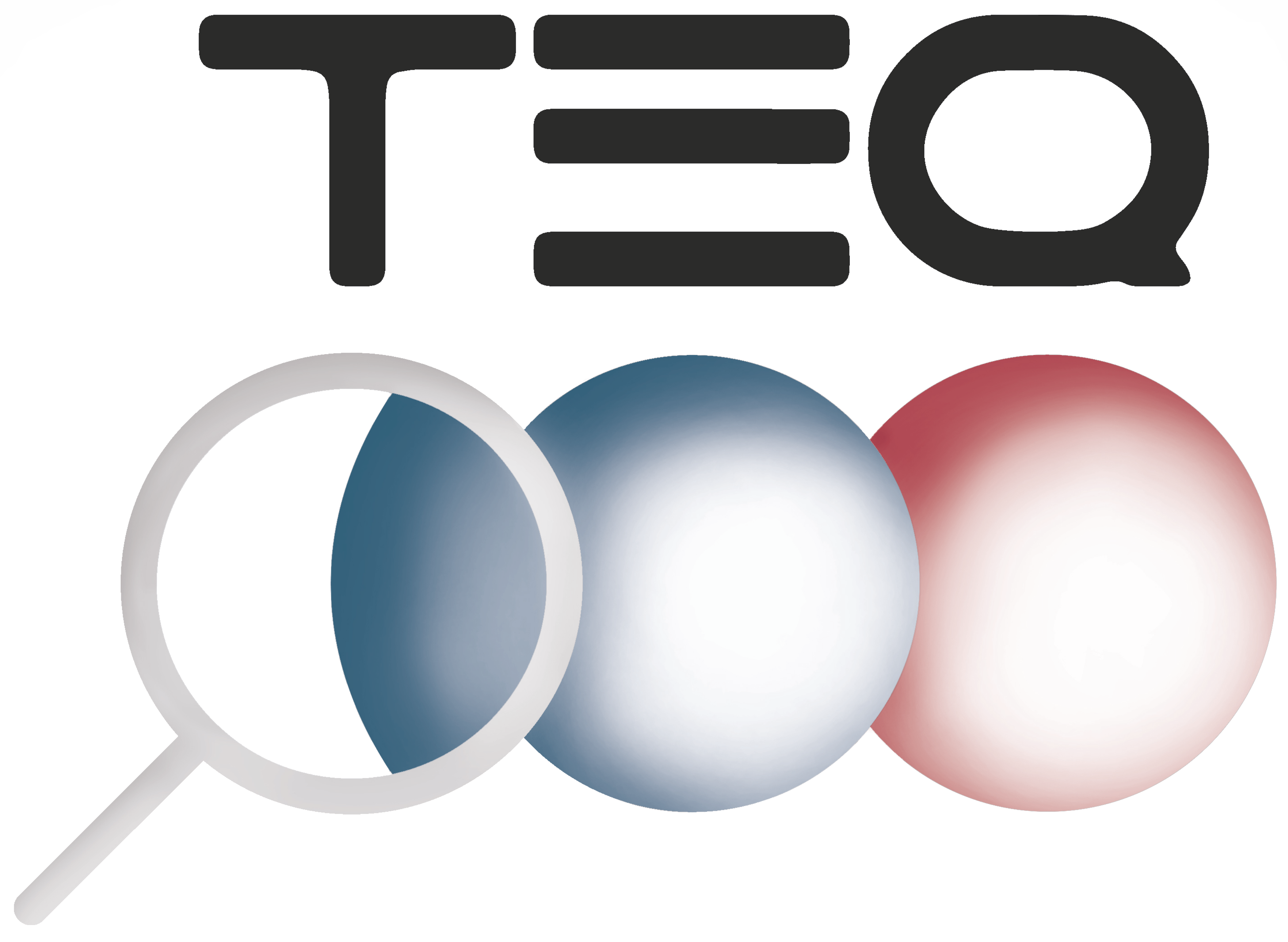Coordinator: M. Drewsen – AU
Objectives
Construction of a low noise trap for NCs with properties suitable for a cryogenic environment;
Synthesis of NCs with tailored properties;
Robust loading of multiply charged NCs into the trap;
Quantification of heating sources and their effects on the trapped NCs.
Deliverables
D1.1: Rf trap for NCs
The scientific goal of TEQ is to improve the experimental bounds on theoretically predicted collapse noise, specifically the CSL collapse noise. The targeted improvement on the bound of the CSL localisation rate is by at least two orders of magnitude at = 10-7 m. In the TEQ experiment this translates into a force noise, which has to be reached by reducing all relevant noise sources affecting the centre of mass motion of the particle in the trap accordingly. Such noise sources include the voltages applied to the Paul trap, the laser light used to detect the position of the particle in the Paul trap, as well as all environmental noises, such as mechanical vibrations and the acoustic noise from the laboratory environment and those generated by the cryostat.
In parallel to the work focused on creating a suitable trapping environment from a thermal as well as vibrational point of view (Deliverable 3.1), the partners INFN, TUD, UCL, UoS and AU have carried out a concerted effort to commission a first AC trap for NCs with electrical noise properties better than state-of-the-art. A particular challenge in the experiments is that the NCs will oscillate at rather low frequencies ranging from 100 Hz to 10 kHz, a frequency band a priory much noisier than that of trapped ion (~100kHz-10 MHz), where in the recent past low noise electronics have been developed.
The Deliverable 1.1 has successfully been achieved by designing and producing both low-noise DC and AC electronics beyond the state-of-the-art for the TEQ blade trap by the INFN team in collaboration with AU, and by the first trapping of NCs in the TEQ blade trap at UCL by the low-noise electronics. Next steps will focus on suitable loading mechanism in the cryogenic trap at UoS (D1.3) and characterizing the motional heating of NCs in the TEQ trap at room temperature (D1.4).
